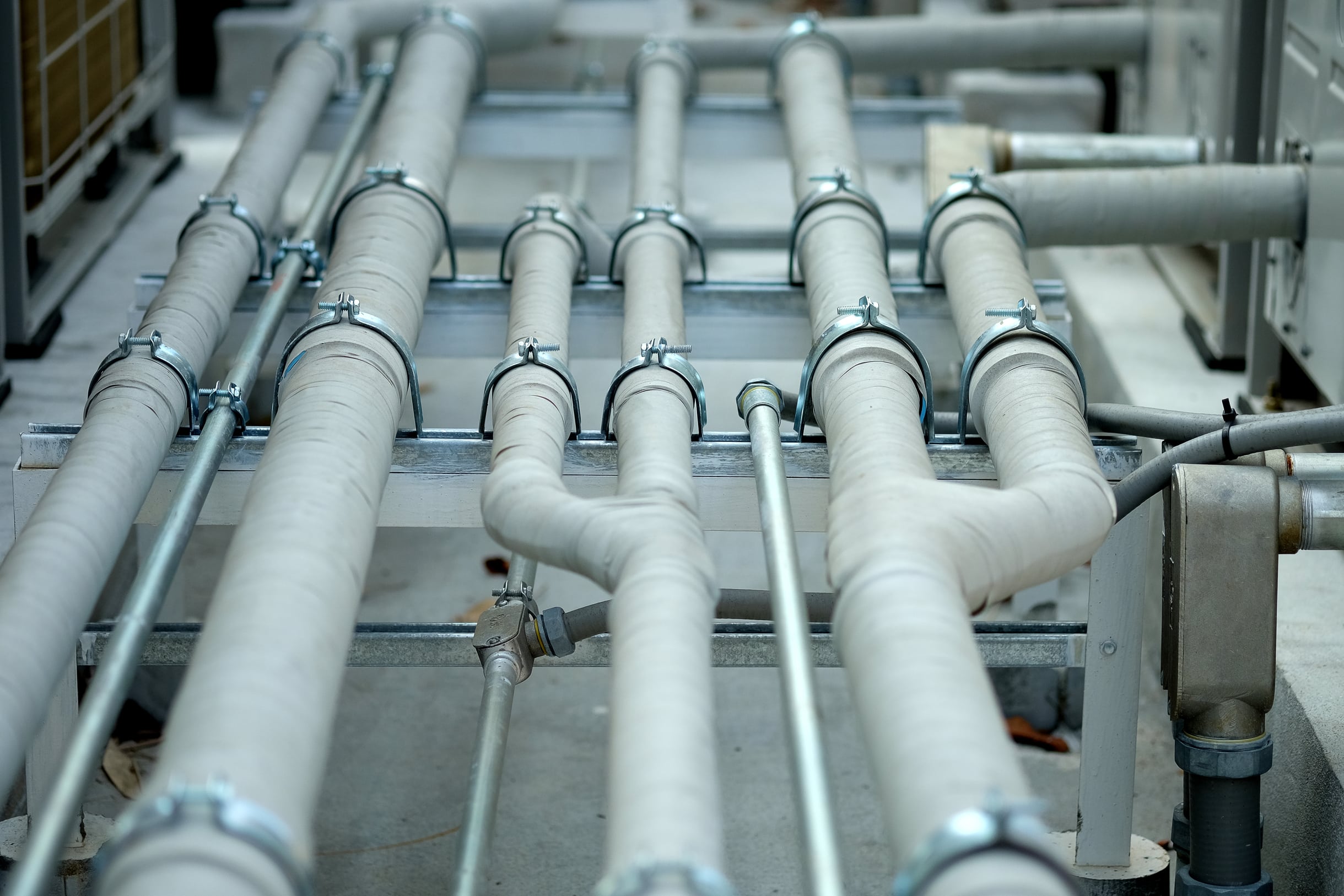A tubular exhaust manifold can significantly improve the overall performance of your Hyundai Veloster Turbo. It allows for a smoother and more efficient exhaust flow from the engine, amplifying your vehicle’s power and fuel efficiency. This article guides you step by step through the process of installing a tubular exhaust manifold in your Hyundai Veloster Turbo.
The Importance of a Quality Exhaust Manifold
In the world of automotive performance, the exhaust manifold is often an overlooked component. However, it plays a crucial role in managing your vehicle’s exhaust gases. The manifold, as it is often called, collects the exhaust gases from multiple cylinders into one pipe.
Lire également : What’s the Best Way to Increase the Fuel Capacity of a Land Rover Defender for Long-Distance Travel?
A high-quality exhaust manifold not only improves exhaust flow but also impacts the engine’s power and fuel efficiency. It can also reduce engine noise and help prevent exhaust leaks. In turbocharged cars like the Hyundai Veloster Turbo, the exhaust manifold also plays an essential part in the turbo system. It directs the exhaust gases to the turbo to increase the amount of air and fuel entering the engine, thereby boosting its power.
When it comes to materials, steel is the most common one used in manifolds due to its heat-resistant properties. Tubular steel exhaust manifolds are especially popular because of their superior performance and durability. Furthermore, they are easy to install with the right tools and a detailed guide.
A découvrir également : How to Adjust the Ride Height on Coilovers for a Perfect Stance in a VW Golf Mk7?
Selecting the Right Exhaust Manifold Kit
Choosing the correct exhaust manifold kit for your Hyundai Veloster Turbo is essential. To maintain the OEM (Original Equipment Manufacturer) standards, ensure that you choose a kit specifically designed for your car model and engine type.
The kit should include a tubular exhaust manifold made of high-quality steel, a set of exhaust manifold gaskets, and all necessary bolts and nuts. Some kits may also come with a pre-drilled hole for an O2 sensor. If it doesn’t, you may need to drill one yourself or have it done by a professional.
When selecting a manifold, pay special attention to the design. A tubular manifold with equal length runners ensures the most efficient exhaust flow, reducing turbo lag and increasing engine performance.
Preparing for the Installation
Before the installation, gather all necessary tools, including a socket set, wrench set, pliers, a pry bar, and a torque wrench. Always refer to your car’s service manual for specific tools and torque specifications.
Begin by safely raising your car using a hydraulic jack and secure it with jack stands. Then, disconnect the battery and let the engine cool down completely to avoid burns. It’s also advisable to wear safety glasses and gloves during the entire installation process.
Removing the Old Manifold
Start by loosening the bolts on the exhaust pipe connected to the manifold. Then, remove the bolts holding the manifold to the engine block. Be careful not to damage the studs when removing the manifold.
Once the manifold is detached, carefully remove the gasket. If the gasket is stuck, use a gasket scraper, but be careful not to scratch the engine block or the cylinder head.
Installing the New Manifold
Start by cleaning the cylinder head surface where the gasket will sit. Then place the new gasket and manifold on the cylinder head. Thread the new bolts by hand before tightening them with a torque wrench according to the manufacturer’s specifications.
Next, connect the exhaust pipe to the new manifold. Ensure that the pipe sits properly on the manifold before securing it with bolts.
In case your kit comes with a hole pre-drilled for an O2 sensor, thread the sensor into the hole and tighten it.
Post Installation Checks
After the installation, start the engine and check for any exhaust leaks near the manifold. If your Hyundai Veloster Turbo has an O2 sensor, confirm it’s working correctly by checking the car’s engine management system.
Once you’ve verified everything is in order, you can enjoy the upgraded performance of your Hyundai Veloster Turbo. Remember to regularly check the manifold for any signs of wear or damage, especially after rigorous driving.
Installing a tubular exhaust manifold on your Hyundai Veloster Turbo not only enhances the vehicle’s performance but also your driving experience. Whether you’re a car enthusiast or a professional mechanic, understanding this installation process is essential.
Now, not only will you have an efficient and powerful car, but you also have the knowledge to keep it that way. So, buckle up, and enjoy the ride!
The Role of Manifold Integrated Catalytic Converter
A manifold integrated catalytic converter, or a manifold converter, is a crucial part in managing your Hyundai Veloster Turbo’s exhaust emissions. It is typically found within the exhaust manifold, where it works to convert harmful exhaust gases into less harmful substances before they are expelled from the vehicle.
The integrated design offers several advantages. For one, it allows the catalytic converter to heat up quickly, improving the emission control system’s efficiency. Moreover, integrating the catalytic converter with the manifold saves space, a critical factor in vehicles where space under the hood is at a premium.
When considering a tubular exhaust manifold for your Hyundai Veloster Turbo, it’s crucial to consider its compatibility with a manifold integrated catalytic converter. For this, check if the manifold design includes a provision for the converter installation, or if the tubular manifold comes with an integrated catalytic converter already installed. Also, remember to choose a direct fit catalytic converter that is specifically designed for your vehicle model to ensure a perfect fit and smooth integration.
Take note that the use of a manifold integrated catalytic converter is not only beneficial for the environment but could also be a legal requirement in your area. Always check your local emission standards and regulations to ensure your vehicle remains compliant after the exhaust manifold upgrade.
A Look at Various Exhaust Systems
There are various types of exhaust systems available for the Hyundai Veloster Turbo, each with its unique features and benefits. One type to consider is the stainless steel exhaust system. Stainless steel is a popular choice for exhaust systems due to its strength, corrosion resistance, and longevity. It can withstand the high temperatures and harsh conditions within the exhaust system, ensuring a long service life.
When considering a stainless steel exhaust system, look for one that includes a tubular steel exhaust manifold, a manifold integrated catalytic converter, and a direct fit catalytic converter. The system should also include a high-quality exhaust gasket, as well as all necessary bolts and nuts for installation.
You might also want to consider exhaust systems that are specifically designed to boost the performance of turbocharged cars like the Hyundai Veloster Turbo. For instance, Turbo Kit exhaust systems are engineered to maximize exhaust flow and reduce backpressure, resulting in improved engine performance and efficiency.
Lastly, consider the sound profile of the exhaust system. Some systems are designed to produce a deep and aggressive exhaust note, while others aim for a more refined and quieter sound. Choose an exhaust system that matches your preferences and enhances your overall driving experience.
Conclusion
Overall, installing a tubular exhaust manifold in your Hyundai Veloster Turbo can significantly enhance the vehicle’s performance and fuel efficiency. Moreover, pairing it with a manifold integrated catalytic converter and a stainless steel exhaust system can provide added benefits, including improved emission control, durability, and an appealing exhaust note.
This guide has hopefully provided you with a clear understanding of the importance of a quality exhaust manifold, how to select the right exhaust manifold kit, the manifold’s installation process, and the significance of post-installation checks.
Remember, whether you’re a car enthusiast or professional mechanic, understanding your vehicle’s exhaust system is essential to keep it running at its best. This knowledge will enable you to make informed decisions when upgrading your vehicle, ensuring you achieve the desired performance improvements while maintaining compliance with local emission standards. Now, it’s time to hit the road and enjoy the ride in your powerful and efficient Hyundai Veloster Turbo.








